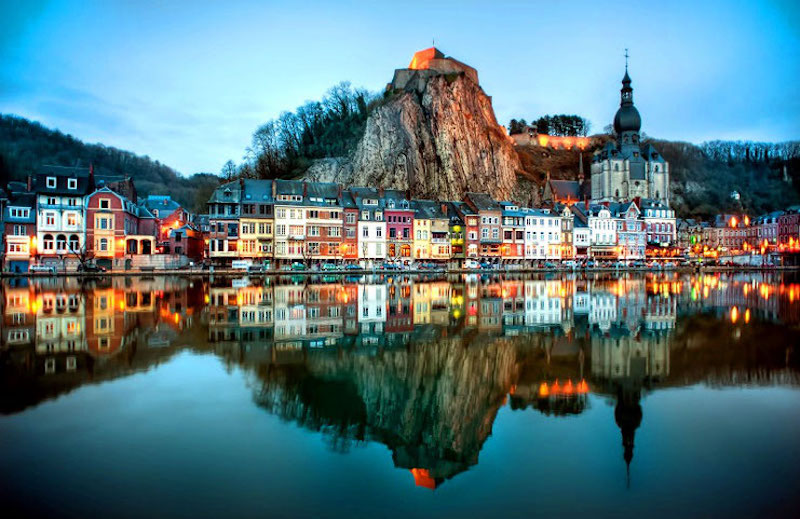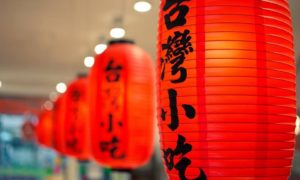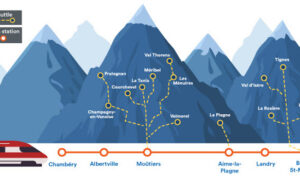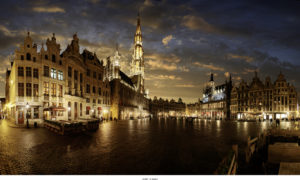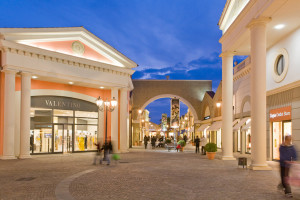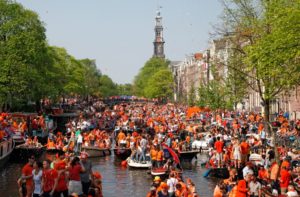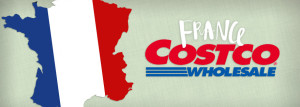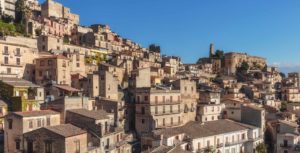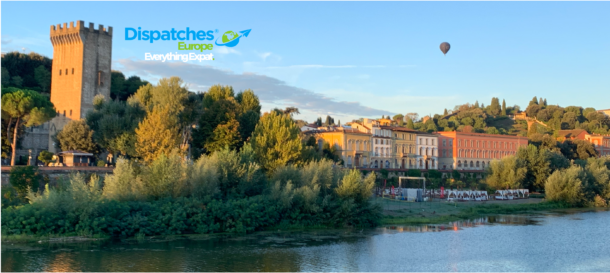(Editor’s note: Belgium is the next stop for our Staycation series as the pandemic limits travel in some European countries. Terry Boyd also contributed to this post. You can see other staycation posts here.)
As we’ve noted before, Belgium gets a bum rap for being unremarkable and forgettable. We assure you that’s not true. Name another country that has 3,000 castles/chateaux ….
For the expats living in, or near, Belgium there are some wonderful staycation destinations to visit that are not tourist hotspots and can offer fresh air and exercise, alongside history and culture.
Note: Belgium is struggled with coronavirus numbers and health officials are recommending to only go to Antwerp and Brussels on essential business. Nevertheless if you are living in or close to Belgium, you have some wonderful non-urban areas to explore.
All activities are dependent on local Coronavirus restrictions. You can see the latest restrictions here.
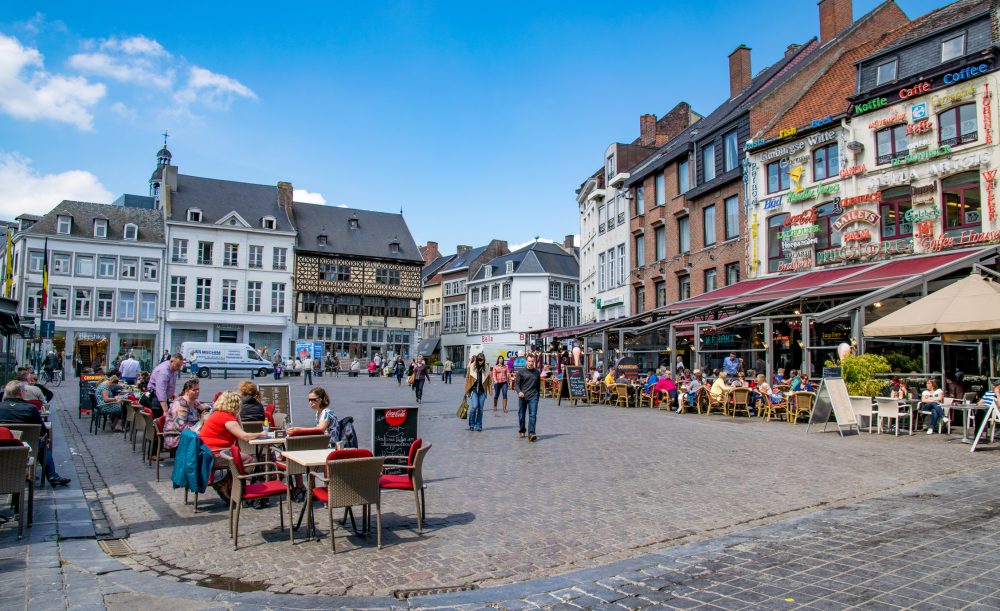
Hasselt, Limburg
Limburg is the eastern most province of Belgium and lies alongside the Dutch Limburg area. It is north of Liege and was once part of the Kingdom of the Netherlands, alongside the Netherlands and Luxembourg. After the Belgian Revolution in 1830 when Belgium became a separate country, the province of Limburg was divided between the two countries. Limburg is one of the three Flemish speaking areas in Belgium, but due to its location, German and French are widely used.
The university city of Hasselt is the capital of the province and provides a great starting point for your adventure. The car-free historic centre of the town has streets filled with restaurants and stores.
Things To Do
• Japanese Garden ~ This garden is the largest of its kind in Europe and was inspired by the twinning of Hasselt with a Japanese city in the 1980’s. The large garden is a wonderland of all things Japanese from a ceremonial house, a tea house, a Torii gate, waterfalls, koi ponds and paths to wander and benches to sit whilst you soak up the tranquil atmosphere. There are tours but only in Dutch, German and French.
• Limburg Lavender Farm ~ This four hectare farm grows lavender and you can wander the fields, visit the shop to purchase lavender products and sit awhile in the café.
• Plopsa Indoor ~ This indoor adventure park is a perfect place to exhaust the kids! From a stormy boat ride to discos, playgrounds and a climbing mountain inside to even more fun outside along with dancing fountains. Be prepared to be run ragged.
Shopping
Hasselt has the reputation for being one of the best shopping cities in Belgium. The small pedestrianized city centre makes it easy to wander and you don’t have to carry all those bags too far! The historic Grotemarkt and the Havermarkt have a great selection of stores, as do the surrounding streets. Once you have finished shopping treat yourself to a lunch or dinner at one of the many excellent restaurants.
Dinant
The ancient town of Dinant, below the steep rock face of valley walls and its storybook fortress, is close to the French border in the southern Ardennes and is situated on the banks of the Meuse River in Wallonia. It has been a settlement since the 7th century and has dramatic stories to tell from famines, epidemics, annexation, rebellions and devastation in World War I.
Things to do:
Furfooz Nature Reserve ~ This 50-hectare nature park, not far from Dinant, offers a 4-kilometer hike through geographical, archeological and natural wonders.
Caving, Climbing & Hiking ~ The area around Dinant offers the opportunity for beginners and experienced hikers. Mountain Network offers archery, kayaking and rock climbing for all ages. Dinant Adventure also offers fun family activities such as caving, laser tag, rope bridges and paintball games.
La Merveilleuse ~ this cave is held to be one of Belgiums most beautiful grottoes. There are guided tours in English, Dutch and French.
Meuse River ~ Whether you just want to wander along the banks of the river, take a stroll across the saxophone bedecked Charles de Gaulle bridge or relax on a river cruise the Meuse offers opportunities to sit, relax and enjoy the scenery.
Le Maison de Monsieur Sax ~ Adophe Sax, musician and inventor of the saxophone, is Dinant’s most famous resident and you will find a small museum dedicated to the life and creations of Mr. Sax.
La Maison de la Pataphonie ~ This exhibition has story-telling and musical discoveries with every day objects becoming instruments which create an imaginative and playful visit.
Culture
Dinant Citadel ~ The fortress dates back to the 9th century and is perched above the river and town. If you are fit or out to prove something you can climb the 408 steps to the top. If you’re not, you can take the cable car. From the top you have a spectacular view over the Meuse and if history is your “thing” there is a weapons museum, some historically decorated rooms, dungeons a reconstructed air-raid shelter and an exhibition about trench warfare.
Ruins of Crèvecoer ~ On the opposite side of the river to Dinant you will find the ruins of a castle that dates back to 1320 which has great views of Dinant and the River Meuse. Legend has it that three officers wives took command of the besieged keep to encourage the troops but when it failed they locked arms and leaped from the tower to their deaths.
Belgian Staples – beer, wine and chocolate
Leffe Beer Museum ~ This famous Belgian Trappist beer’s story can be found in an old convent in Dinant. Telling the story of eight centuries of beer brewing with interactive experiences and tastings of nine different Leffe beers to sample.
Wine Tasting ~ Chateau Bon Baron, close to Dinant, offers degustation wine tastings.
Couque de Dinant ~ These biscuits are apparently the hardest in Europe and if you visit Patisserie Jacobs you can watch this centuries old treat being made.
Ô Chocolat workshop ~ This local store offers workshops for adults and children, a tea room and a concept bar. What more could a chocolate lover want?
Malmedy, Liege
Malmedy is in the southern area of Belgium, close to the borders of Luxembourg and Germany. In the 1800’s Malmedy was annexed to Prussia, even fighting for Germany during World War 1, but after The Treaty Of Versailles it became annexed to Belgium. The area also saw fierce bombing and fighting in WWII, during the Battle Of The Bulge, and the town was once again German from 1940-1945. The people of Malmedy now see themselves as a combination of Walloon (Romance) and German culture.
Many of the recommendations in this list can be seen on The Grand Tour, a tour by car that covers 60 kilometers and takes around three hours. Download the route here from the Malmedy tourism website.
World War II Museums
Malmedy, Wallonia, the Ardennes and other parts of Belgium were the sites of crucial battles at the end of the Second World War including the pivotal Battle of the Bulge, so there are numerous – and mostly well-done – museums for the history buffs.
Baugnez 44 ~ If World War II interests you this interactive, 1,000 m2 (10,0000-square-foot) museum will take you back to the “Battle Of The Bulge” or Ardennes Offensive in 1944. The multi-lingual audio
tour, visual effects and collection captures the events with precision and will give you an appreciation of one of the Second World War’s most famous battles.
Near by you will find the Malmedy Massacre Memorial that documents the 84 US prisoners killed at the hands of the Nazis.
About 40 minutes away you can visit the Henri-Chapelle American Cemetery where 7,992 American WWII military dead rest in 57 acres of now peaceful Belgian countryside.
A little over an hours drive away you can also find the Bastogne War Museum which is another fantastic interactive “Battle Of The Bulge” museum, from where you can also take day or half-day battle field tours. On site is the Mardasson Memorial, the five-pointed star shaped monument commemorates all the American soldiers wounded or killed in the battle
Other museums
Malmundarium ~ A museum housed in the original Malmedy monastery, which tells the complex history and folklore of the town with art, science and ecology. You can also find an interactive leather workshop, an exhibition that explains Cwarmê (carnival) and a studio that shows the connection of Malmedy with the production of paper.
Things To Do
Reinhardstein Castle ~ If you want to wander around a castle then this chateau checks that box. Just a 20-minute drive from Malmedy it has a museum, offers archery classes, candlelight tours (in French and Dutch) and a falconry show.
Hiking, biking and beer
Malmedy is close to the Ardennes, Hautes Fagnes and Eifel countryside, all of which offer opportunities to hike and bike through some stunning scenery.
Hiking ~ Hautes Fagnes is protected moorland and many of the trails have to be seen with an organized guide but maps are available at tourist information of trails that are accessible without a guide. Malmedy has 333 hiking routes in its vicinity so you are spoilt for choice. The website outdooractive.com can help narrow down your options.
Eifel National Park in Germany is just across the border and offers 110 square kilometers of conservation areas with beech forests, wilderness trails, rivers and valleys that provide cycling and hiking opportunities.
Biking ~ The RAVeL network of cycle paths around Wallonia offers more than 1,430 kilometers of cycling routes, many along disused railway tracks. Some of these are perfect for those with reduced mobility.
Beer ~ A 20 minute drive from Malmedy you will find Peak Beer Brewery. This brewery is at the highest point of Belgium at 695 meters. Here you can take a tour of the brewery and follow the process necessary for one of Belgium’s most popular products, take some hikes (ranging from 5 kilomters to 12 kilometers) on trails around the brewery and eat locally sourced ingredients at the restaurant.
Spa
This spa town goes back to the 13th century, famous for its mineral spas, and the grand hotels and casinos are still there.
But Spa’s 21st century claim to fame is Spa-Francorchamps, the longest and scariest Formula 1 track on the schedule. And you can drive it for about 100 euros per lap when Lewis Hamilton and Max Verstappen are finished.
Photographer/writer Jackie Harding was born in the United Kingdom. As a long-time expat, she lived in Boston for 12 years and in the Netherlands for the past 10 years.
Trained as a nurse in the U.K., she worked for nine years in the United States as a special education teacher’s assistant. Since moving to the Netherlands, she has discovered writing and photography.
Contributing to Dispatches since 2016, Jackie has written about her travels around Europe as well as about expat life and issues.
She also covered the Women’s March Amsterdam.
She’s married to British businessman Martin Harding and is the mother of two international adult children.


